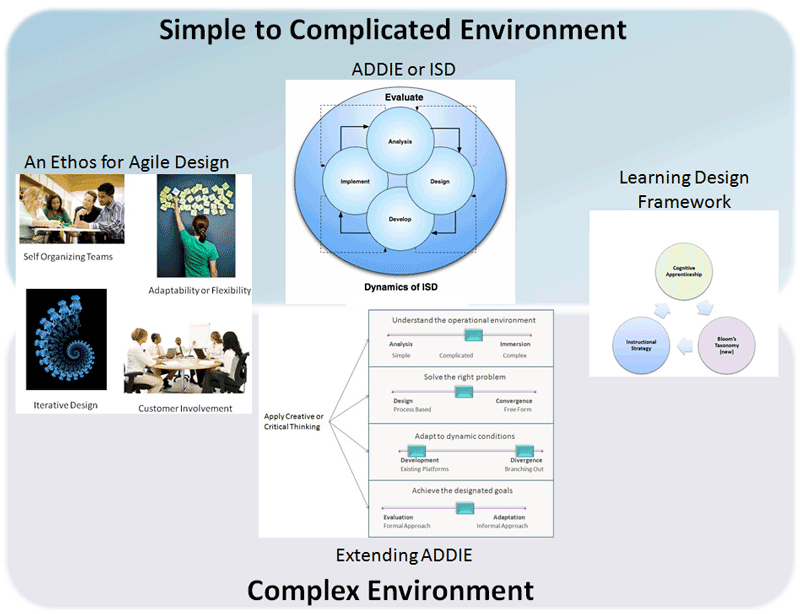The Bottom Line
"For every problem, there is one solution which is simple, neat, and wrong. - H. L. Mencken
Will e-learning replace classroom learning? John Ince (2000), who decided to experience both types of learning reported, “Despite all the technological advances, the computer will never replicate the contextual learning that accompanies classroom learning. But then again, on campus you cannot access the global-networking opportunities that can be accessed in an e-learning context.”
eLearning does work, but will it replace the classroom? No. But it is an effective medium for the delivery of training. So, yes it will remain as a viable option. Probably the prime reason for using elearning is cost savings and dispersing information over a large geographical area.
Survival Through Learning
Jack Welch, CEO of GE, said, “An organization's ability to learn and translate that learning into action is the ultimate competitive advantage.” He is not alone in his beliefs. Jim Botkin and Stan Davis, authors of The Monster Under the Bed, wrote, “If you are not being educated in your job today, you may be out of a job tomorrow. . . Employee education is not growing 100 percent faster than academia, but 100 times — or 10,000 percent faster. . . Over the next few decades the private sector will eclipse the public sector and become the major institution responsible for learning.”
eLearning does have the power of quickly getting information to learners over a wide geographic area — of that it is king. And there is no if in elearning, it does work. . . however, just like any other tool it does have limitations. It normally works best with procedural subjects and minor concepts. But radical paradigm concepts that shift change, make or break organizations are not normally easily grasped through elearning as they require the power of human interaction, such as face-to-face Communities of Practice. Indeed, it is often these types of learning groups that are responsible for the paradigm shift in the first place.
Jim Botkin, author of Smart Business: How Knowledge Communities Can Revolutionize Your Company, wrote, “In the knowledge economy (1995-2020), the best strategy is to over invest in connecting power. Competitive advantage accrues to those who invest more than their competitors to connect to more people and share knowledge faster and farther.”
While e-learning does have the power to bring people together in groups that closely relate to Knowledge Communities or Communities of Practice, it still for the most part lacks the dynamics of socializing face-to-face. Although that is changing rapidly as more and more people are getting use to the idea of socializing over the internet.
Reference
Ince, J. F. (2000). Training choices and e-learning, UPSIDE magazine, December, 2000



